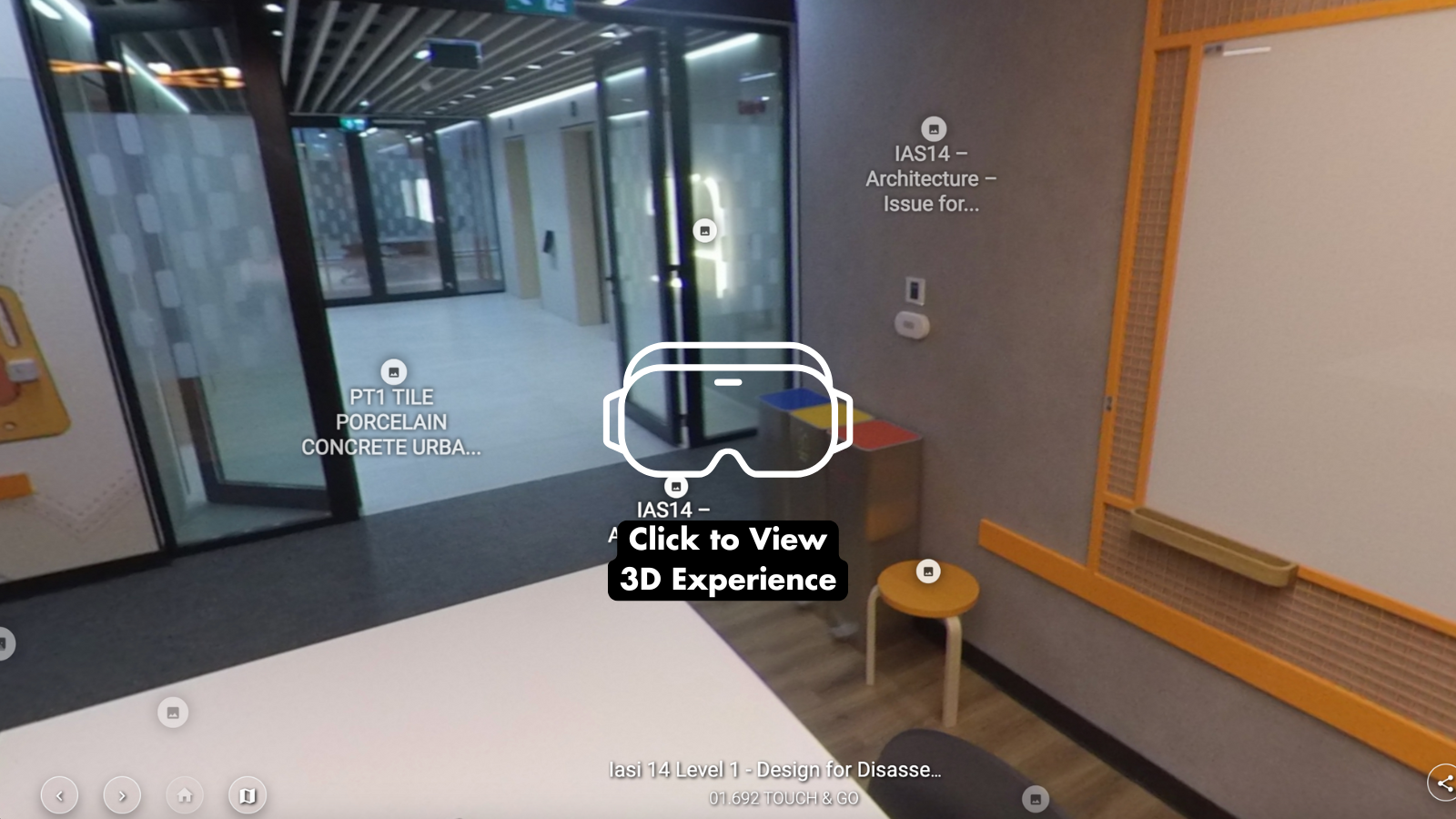Igniting the Innovative Spark
In line with its mission to inspire and challenge the status quo, lead growth through design thinking, and foster innovation and collective knowledge, IA’s Spark Committee awards three fellowships each year within the firm. IAers with a passion for an innovative idea, new ways of working, emerging technology, or visionary agenda are invited to submit a proposal for the committee’s consideration. If selected, recipients receive a fellowship grant that provides the time and funding to explore their passion in depth—whether domestically or abroad. Each grant culminates in a firmwide presentation, where the fellow shares the insights and knowledge gained, underscoring IA’s ongoing commitment to innovation and creativity.
For example, 2024 recipient and Senior Project Manager Robert Atkinson focused his fellowship on Design for Deconstruction: A Model for Circular Building and traveled to Romania. Atkinson, who has authored several posts on the circular economy, used the grant to expand on his ideas and clearly demonstrate the difference between traditional linear design—which often results in landfill waste at the end of a building’s lifecycle—and designing for deconstruction, which ensures future reuse of a project’s materials.
His trip to Romania provided an opportunity to test and validate the use of the Yulio platform as part of IA’s innovative approach to tracking and cataloging project materials for reuse in a circular economy, including furniture, fixtures, and equipment—discussed further in this post. Based in IA’s London studio, Atkinson had access to documentation from a recently completed confidential project in Romania that made it an ideal test case.
Atkinson’s model for deconstruction outlines step-by-step considerations beginning at the pre-design phase—because from the very start, the way materials are selected, designed, and implemented is critical for successful deconstruction. His methodology also defines the necessary collaborations, adjacencies, strategies, and processes, creating a roadmap and user manual for designers working with clients focused on sustainability.
The linear system of design, long considered the industry standard, prioritizes efficiency and cost-effectiveness. However, it comes at a steep environmental cost: every year, demolition by the construction industry accounts for 23% of all air pollution, 40% of water pollution, and 50% of landfill waste. This approach overlooks both the potential to extract and reuse materials and the positive environmental and financial impacts that could result. In contrast, designing for deconstruction and materials reuse—transforming waste from obsolete environments into the raw material for new projects—can be achieved through careful design, disassembly, and cataloging of materials, including data on their provenance, composition, and environmental impact.
Rob presents a clear and comprehensive how-to methodology that outlines what must be done to make the new approach viable. This includes selecting adhesives and mechanical fastenings that enable—and even simplify—disassembly. How QR codes can be used to track and store the necessary data for future reuse is explained. He also introduces a streamlined method for capturing this information using existing software and photographic techniques that allow designers and clients to virtually walk through and collaborate during design development.
Championing resource efficiency through the continuous looping of materials back into the production cycle also opens the door for Life Cycle Analysis (LCA) in interior fit-outs. An LCA enables clients to choose sustainable materials from the outset, minimizing environmental impact, optimizing resource use, and reducing long-term costs—benefiting both sustainability goals and the client’s return on investment. As Rob points out, the circular economy model is a regenerative system that reduces dependence on raw materials, keeps resources in use longer, and minimizes waste—ultimately benefiting the environment.
The Spark Committee’s 2025 call for proposals is about to begin. With Atkinson’s compelling findings—and those of previous fellows—in mind, we anticipate a surge of submissions and look forward to the continued stream of innovation and knowledge-sharing they’ll bring. Stay tuned for more in future posts.


